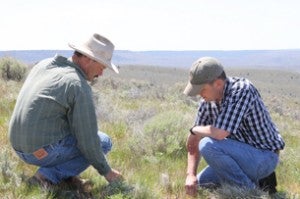The U.S. Department of Agriculture (USDA) just announced new funding to support sage-grouse habitat conservation on working lands.
This is very promising, considering the last round of sage-grouse funding engaged more than 1,000 ranchers to conserve 4.4 million acres of bird habitat – an area twice the size of Yellowstone National Park.
That last round of funding – made available in 2010 through the Natural Resource Conservation Service’s (NRCS) Sage Grouse Initiative – invested $296.5 million to restore and conserve sage-grouse habitat. Today, NRCS pledged to extend these efforts by $200 million over another for years.
Doubling down on a good investment
Read More











